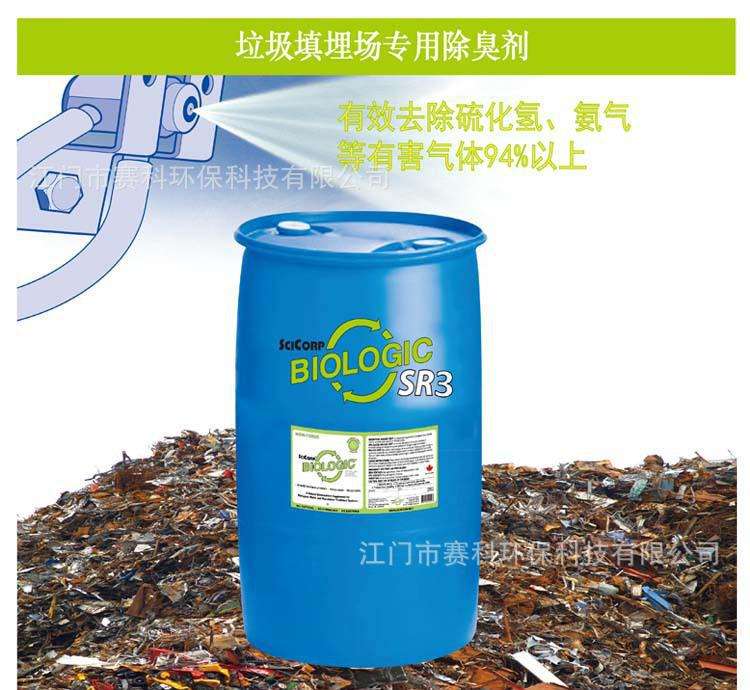Deodorants recommended for use in sewage treatment plants
China has built large-scale sewage treatment plants, but sludge treatment and disposal have always been neglected. High capital has always been a challenge for the industry. During the treatment of sewage, most of the pollutants are converted into sludge, which contains a wide range of pollutants, including heavy metals, trace amounts of highly toxic organic compounds, and a large number of pathogenic microorganisms such as bacteria, viruses, and parasite eggs. If not handled properly, it will cause environmental hygiene and pollution problems, which can easily lead to secondary pollution. China has built large-scale sewage treatment plants, but sludge treatment and disposal have always been ignored. Below, we will introduce several mainstream sludge deodorization skills.
Activated carbon adsorption method
The activated carbon adsorption method uses the characteristic of activated carbon being able to adsorb odorous substances in odor, achieving the purpose of deodorization. In order to effectively deodorize, various types of activated carbons with different properties are usually used. Activated carbons that adsorb acidic substances, alkaline substances, and neutral substances are set up in the adsorption tower. After the odor comes into contact with various activated carbons, it is discharged from the adsorption tower.
Activated carbon adsorption method is commonly used for post-treatment of low concentration odor and deodorization devices.

Biological deodorization method
In the past 30 years, biological deodorization skills have been widely applied in Europe and in North America. Biological deodorization mainly uses microorganisms to remove and oxidize the odorous components in the gas. When the gas flows through the biologically active filter material, the bacteria on the filter material will differentiate into odorous substances, producing carbon dioxide and water vapor.
Wastewater deodorants use plant extraction techniques to extract useful ingredients from the roots, stems, leaves, and flowers of various plants. They have a tremendous effect under high-energy radiation, improving the activity of plant fluids. They can quickly aggregate, replace, replace, and adsorb various harmful and odorous molecules, and have a dual effect of removing sludge odor and sludge odor. They can also effectively drive away mosquitoes and flies. The highly active plant liquid deodorizing molecules in sludge deodorants can quickly react with odor molecules, with fast response speed, high purification power, and more ideal deodorization. At present, it has been widely used in the vast sludge deodorization treatment market for many years, effectively solving the difficulties of odor control for us.
Reactive oxygen skills
Using a special pulse discharge method of high-frequency and high-voltage electrostatic discharge (activated oxygen emission tubes emit billions of high-energy ions per second), a high-density high-energy activated oxygen (a transition state oxygen between oxygen molecules and ozone) is generated, which quickly collides with pollutant molecules, activates organic molecules, and directly destroys them; Alternatively, high-energy reactive oxygen species can activate oxygen molecules in the air to generate secondary reactive oxygen species, which react in a series of chain reactions with organic molecules, and use the energy generated by their own reactions to maintain the oxidative response, further oxidizing organic matter, generating carbon dioxide, water, and other small molecules, and achieving high processing power in a short period of time.
Article source: Deodorant manufacturer http://www.scneng.com.hk
-
06-11
"Environmental Doctor" Du Siyuan: Environmental Protection is a Lifestyle Attitude
There is a Hong Kong compatriot in Jiangmen who often frequents various farms and plantations, walks in mechanical factories, and is seen by others as the nemesis of environmental problems. He conside
-
03-16
Deodorant manufacturer: Deodorants reduce soil pollution
Waste is a chaotic mixture of various components. The accumulation of debris on the surface of soil can cause some chemical reactions, releasing harmful gases, which can lead to soil pollution and eve
-
12-01
Deodorant Manufacturers: Differences between Microbial Deodorants and Traditional Deodorants
The waste that is not needed in our daily life and work is called waste. Due to the large amount of waste discharged and the complex categories, there are great difficulties in reducing waste and deod
-
11-08
Application of Deodorant Manufacturers in Domestic Waste Treatment
Garbage is the waste generated in everyone's daily life and work. Due to its large discharge volume and complex and diverse composition, it poses great difficulties in reducing and deodorizing wa
